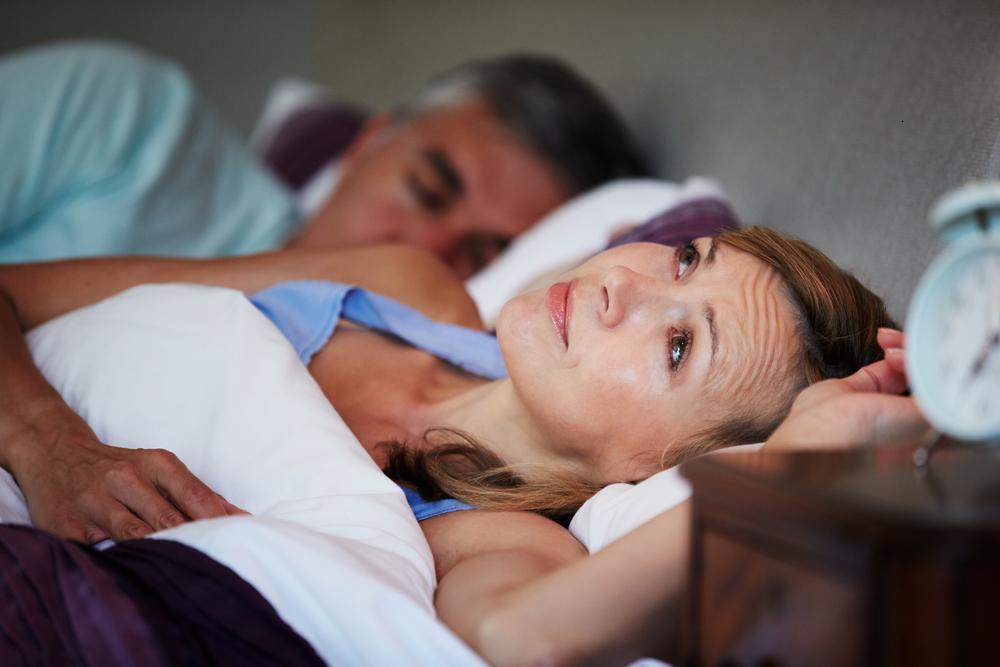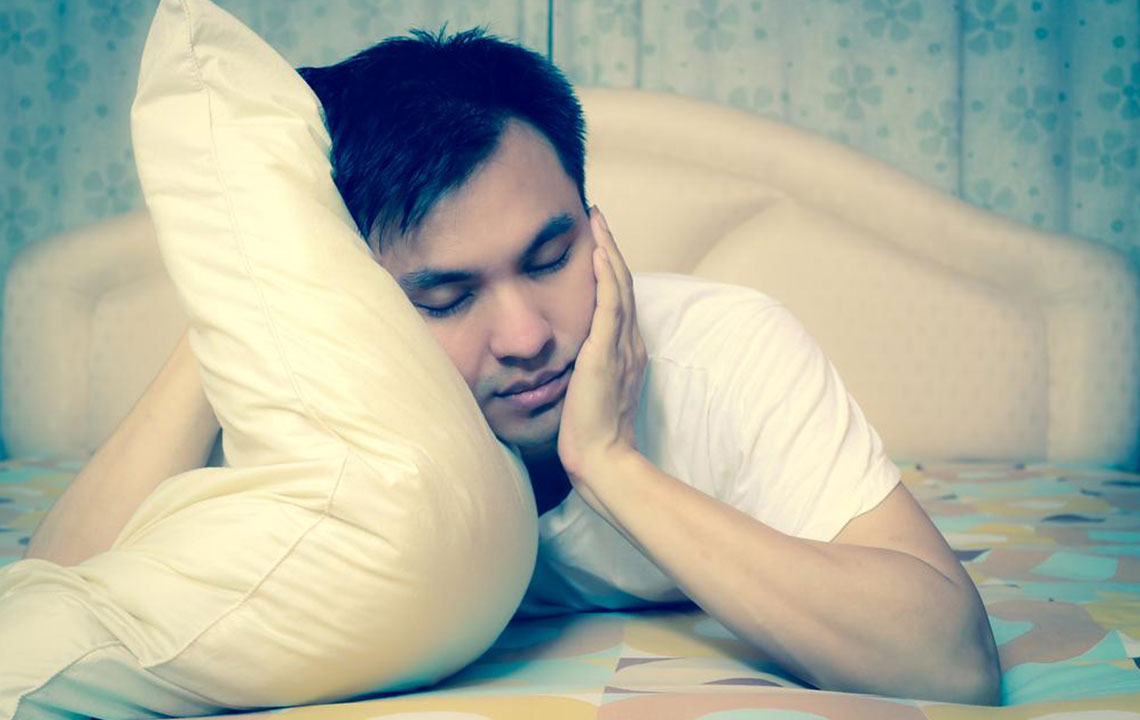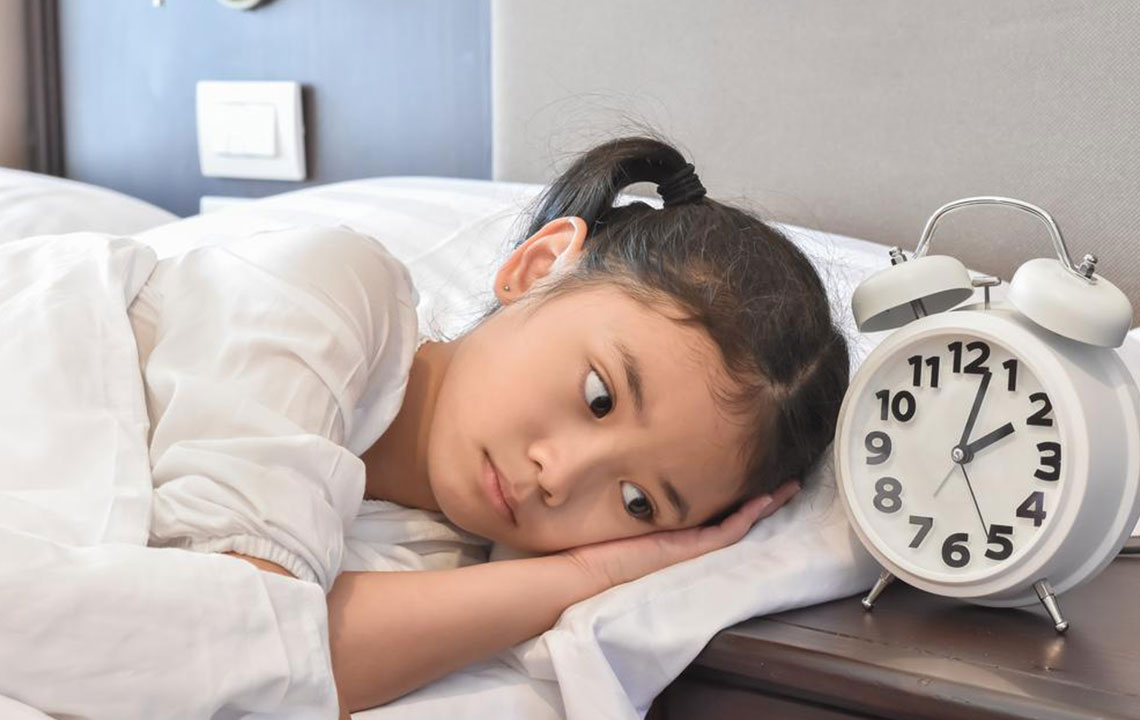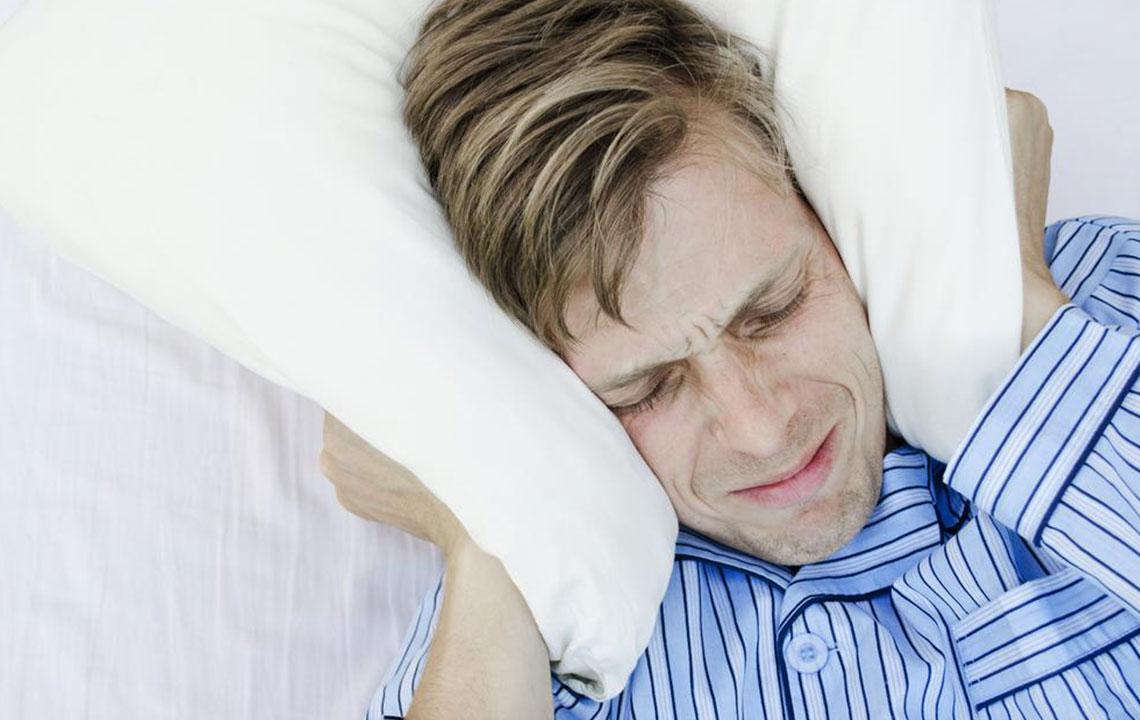Comprehensive Guide to Sleep Difficulties in Older Adults and Effective Solutions
This comprehensive guide explores common sleep issues faced by older adults, including causes, symptoms, and treatment options. It emphasizes the importance of accurate diagnosis and holistic approaches to improve sleep quality for seniors, highlighting the impact of health conditions like sleep apnea, RLS, and insomnia. Practical advice for caregivers and older individuals is provided to promote better sleep hygiene and overall well-being, ensuring a healthier aging process with restful nights and energetic days.

Understanding and Managing Sleep Difficulties in Older Adults
As individuals age, experiencing various sleep disturbances becomes increasingly common. These issues can significantly influence their overall health, daily functioning, mood, and quality of life. While aging itself isn't the direct cause of poor sleep, age-associated health conditions, lifestyle changes, and physiological alterations play pivotal roles in disrupting sleep patterns among seniors. Recognizing the underlying factors and seeking appropriate interventions can lead to improved sleep quality and enhanced well-being in older adults.
Factors Contributing to Sleep Difficulties in the Elderly
Age-Related Chronic Health Conditions: Chronic illnesses such as cardiovascular diseases, respiratory issues like chronic obstructive pulmonary disease (COPD), gastroesophageal reflux disease (GERD), osteoarthritis, prostate problems, and neurological disorders such as Alzheimer’s disease and Parkinson’s disease often disrupt sleep routines. These conditions can cause discomfort, pain, breathing issues, or neurological symptoms that interfere with the ability to fall asleep or stay asleep through the night.
Respiratory and Breathing Problems: Conditions like sleep apnea, characterized by pauses in breathing during sleep, and habitual snoring become more prevalent with age. These breathing disturbances fragment sleep cycles and reduce overall sleep quality. Sleep apnea, in particular, can lead to fragmented REM sleep and may increase the risk of cardiovascular problems if left untreated. Diagnosing these issues involves sleep studies, which often include overnight polysomnography.
Common Sleep Disorders Affecting Seniors
Insomnia: Insomnia remains one of the most widespread sleep problems among older adults. It manifests as difficulty initiating sleep, frequent awakenings during the night, or early morning awakenings, leading to insufficient sleep and daytime fatigue. Insomnia in seniors is often related to psychological factors such as depression and anxiety, physical discomfort from chronic illnesses, or the side effects of medications. Maintaining a sleep diary can help healthcare providers identify patterns and underlying causes.
Restless Leg Syndrome (RLS): RLS is a neurological disorder characterized by an uncontrollable urge to move the legs, often accompanied by uncomfortable tingling or aching sensations. Symptoms typically worsen during periods of rest or inactivity, notably in the evening or at night, severely disrupting sleep. RLS can lead to significant sleep deprivation and daytime sleepiness if not properly managed.
Periodic Limb Movements in Sleep (PLMS): This disorder involves involuntary jerking or twitching movements of the legs or arms at regular intervals during sleep, usually every 20-40 seconds. While PLMS are related to RLS, they are distinct conditions. PLMS can occur without RLS and are often discovered via sleep studies, as the movements are involuntary and occur during sleep, causing frequent awakenings and fragmented sleep architecture.
Proper diagnosis of sleep disorders in older adults is crucial for effective treatment. While sedative medications may sometimes be considered, they should be used cautiously and only as a last resort, given their potential to impair cognitive function and increase fall risk. Addressing root causes—whether through lifestyle modifications, managing underlying health conditions, or deploying non-pharmacological therapies—can significantly improve sleep quality and lead to healthier aging. Implementing good sleep hygiene practices, such as maintaining a consistent sleep schedule, creating a comfortable sleep environment, and avoiding stimulants before bedtime, can also play vital roles in restoring restful sleep in the elderly.
By understanding the complex relationship between aging and sleep disturbances, caregivers and healthcare professionals can develop comprehensive strategies to support older adults in attaining better sleep, enhancing their overall health and life satisfaction. Awareness and proactive management are the keys to overcoming sleep challenges associated with aging.





